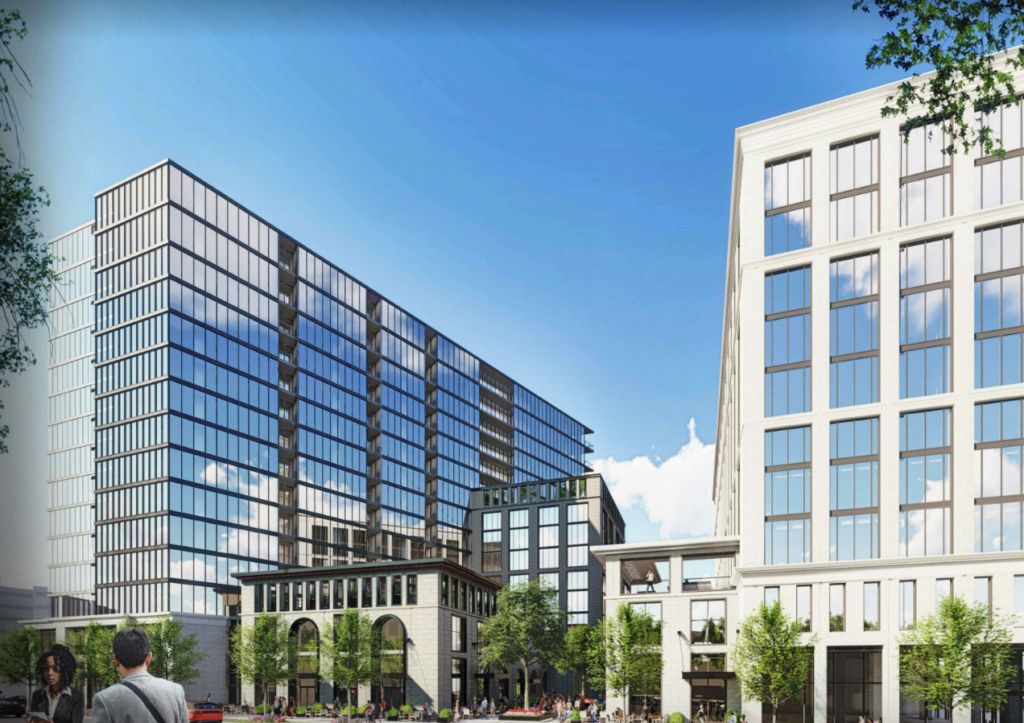
A list of last-minute compromises helped a controversial tower proposed for West Nashville to advance at the Metro Council on Tuesday night.
GBT Realty says it will reduce the height of the building, make its glass and masonry less reflective, put money toward a nearby greenway and offer additional free parking.
The mixed-use project is targeted near Sylvan Park, where residents have opposed its size and impact. Dozens of residents spoke during a public hearing, tussling over the goods and bads of growth.
Councilwoman Kathleen Murphy, who is opposed, questioned why it took so long for developers to make concessions.
“That’s what’s upsetting to me, is that my neighborhoods have been working on this — I’ve been meeting with the development team — for … close to a year. And you’re going to wait till two hours before the meeting to start making compromises?” she asked.
But other council members said the promised revisions did win their support on second reading. A final vote is yet to come.
Neighborhood leaders across Nashville are closely watching this project because it tests how residents and officials respond to a large development in an area identified for more growth.
Reported Previously:
Numerous battles like this are playing out citywide. But few show such a wide gap between those who see one property as either tailor-made — or horrible — for a big new building.
There are already offices and the interstate nearby, and on the city’s master planning map, this area is shaded in orange — meaning it’s ready for large development and busy commerce.
But since designs came out last year, the reality has been major pushback. Plans initially called for a glassy, 16-story tower, and while neighbors have gotten some concessions, they still say it’s too big and will generate bad traffic.
Whatever the outcome with the Metro Council, the dispute has some neighborhoods considering whether to push for revisions to Metro’s land use maps. With the passage of NashvilleNext four years ago, the city sought to concentrate development into hotspots like this one, which is labeled as a “Tier One” growth center.


